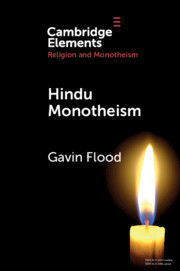The temple of Angkor Wat in Cambodia is one of the most famous monuments in the world and is noted for its spectacular bas-relief friezes depicting ceremonial and religious scenes. Recent work reported here has identified an entirely new series of images consisting of paintings of boats, animals, deities and buildings. Difficult to see with the naked eye, these can be enhanced by digital photography and decorrelation stretch analysis, a technique recently used with great success in rock art studies. The paintings found at Angkor Wat seem to belong to a specific phase of the temple's history in the sixteenth century AD when it was converted from a Vishnavaite Hindu use to Theravada Buddhist.
